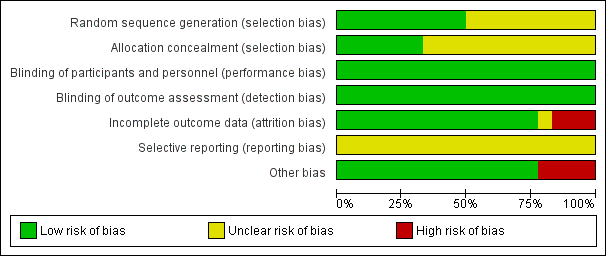Contenido relacionado
Revisiones y protocolos relacionados
Frans M Helmerhorst, Huib AAM Van Vliet, Twina Gornas, M J Finken, David A Grimes | 19 octubre 2005
Mohamed A Youssef, Ahmed M Abou‐Setta, Wai Sun Lam | 23 abril 2016
David Nugent, Patrick Vanderkerchove, Edward Hughes, M Arnot, Richard Lilford | 24 agosto 2015
Mohamed AFM Youssef, Fulco Van der Veen, Hesham G Al‐Inany, Monique H Mochtar, Georg Griesinger, Mohamed Nagi Mohesen, Ismail Aboulfoutouh, Madelon van Wely | 31 octubre 2014
Charalampos S Siristatidis, Ahmed Gibreel, George Basios, Abha Maheshwari, Siladitya Bhattacharya | 9 noviembre 2015
Neriman Bayram, Madelon van Wely, Fulco Van der Veen | 21 julio 2003
Petronella AL Kop, Monique H Mochtar, Paul A O'Brien, Fulco Van der Veen, Madelon van Wely | 25 enero 2018
Lidija Rakic, Elena Kostova, Ben J Cohlen, Astrid EP Cantineau | 14 julio 2021
Mohan S Kamath, Abha Maheshwari, Siladitya Bhattacharya, Kar Yee Lor, Ahmed Gibreel | 2 noviembre 2017
Luiz Eduardo T Albuquerque, Leopoldo O Tso, Humberto Saconato, Maria Cecília R M Albuquerque, Cristiane R Macedo | 31 enero 2013
































